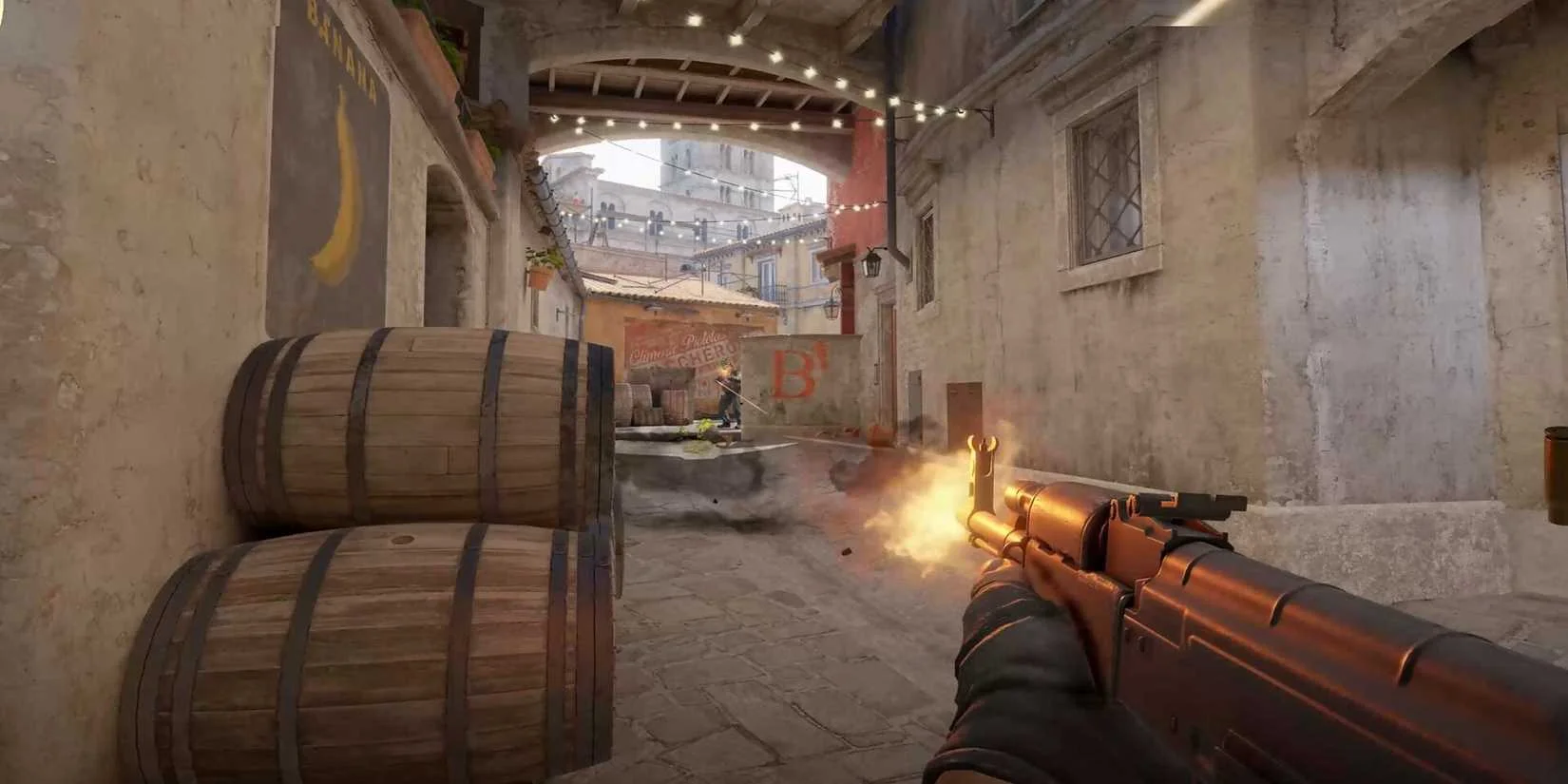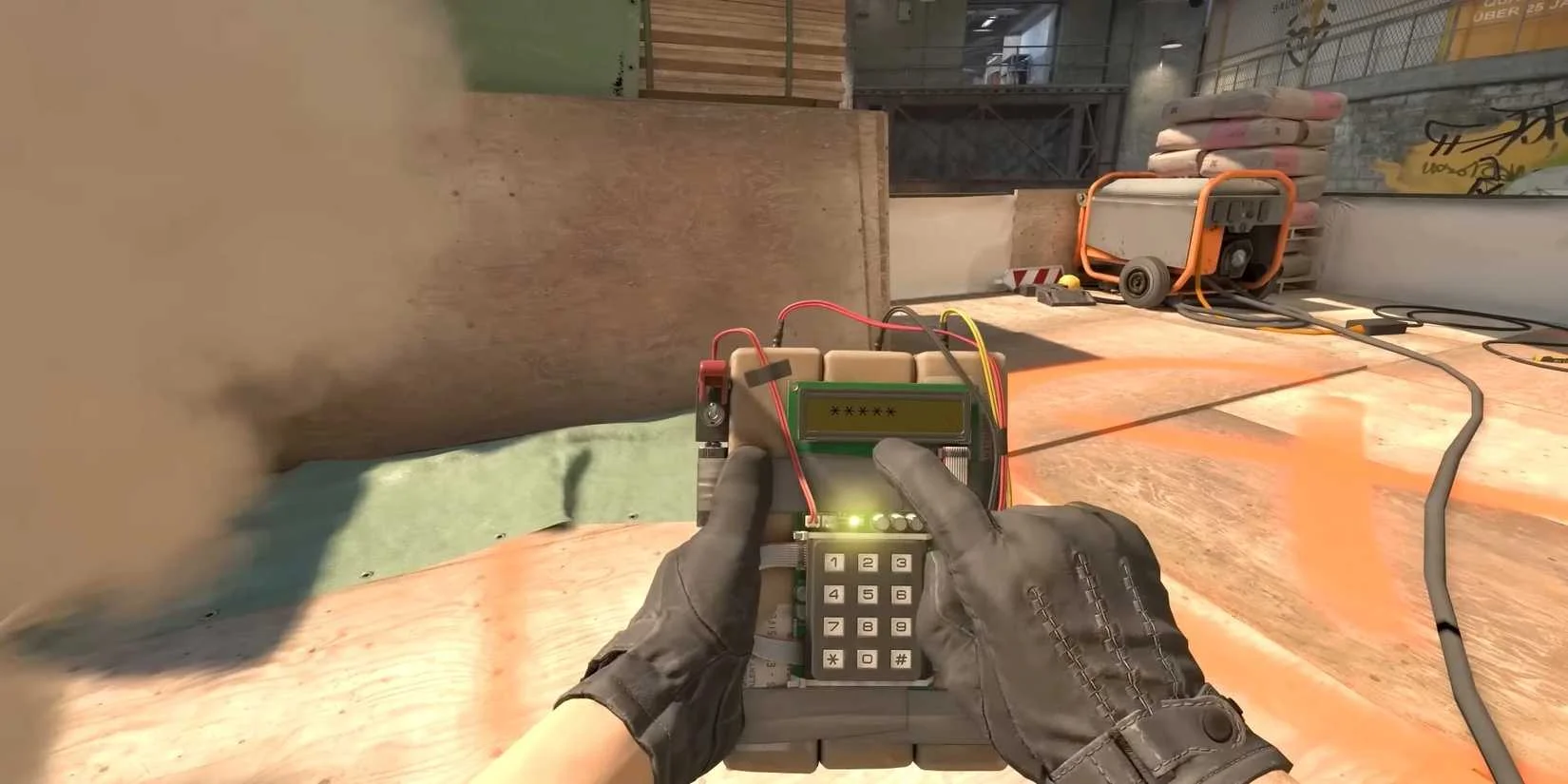A small Counter-Strike 2 update has sent shockwaves through one of gaming’s most valuable virtual economies. What seemed like a routine patch for Valve’s tactical shooter has instead triggered a dramatic collapse in the CS2 skins market — with some rare cosmetics losing over 70% of their value overnight.
The Counter-Strike franchise has always been synonymous with competitive gaming, but in recent years, it’s also become famous for something entirely different — its multi-billion-dollar virtual skin economy. From knives worth thousands of dollars to rare weapon finishes traded like stocks, the market for Counter-Strike cosmetics has long been a unique part of gaming culture. But the latest CS2 update may have just rewritten the rules.
A Routine Update With Unexpected Consequences
On October 22, 2025, Valve rolled out a small update for Counter-Strike 2 that, on paper, seemed focused on bug fixes and quality-of-life improvements. However, buried within the patch notes were two seemingly minor adjustments that have since wreaked havoc on the trading scene.
For the first time, players can now:
-
Trade in five StatTrak Covert items to receive one StatTrak knife.
-
Trade in five standard Covert items to earn a regular knife or gloves.
At first glance, this might sound like a convenient feature — an extra way for players to recycle unwanted high-tier skins into something potentially more exciting. But the implications for the in-game economy are massive.
Until now, the only way to obtain knives and gloves (some of CS2’s most expensive items) was through loot cases or direct purchases from other players — often at staggering prices. The new trade-up system effectively floods the market with high-value items that were previously scarce, instantly devaluing hundreds of existing listings.
The Fallout: Skin Prices Plummet Overnight
The results were immediate and brutal. According to early data from community trading platforms and reporting from Forbes, prices for many CS2 knives and gloves dropped between 50% and 70% within 24 hours of the update.
On popular marketplaces, once-rare knives like the Karambit | Fade and Butterfly Knife | Slaughter saw their prices fall by several hundred dollars. Similarly, premium gloves that once sold for over $800 were suddenly listed for as low as $200.
Traders who had spent months (or even years) building valuable inventories were left scrambling. Many attempted to sell their items before prices dropped further, creating a cascading effect that tanked the market even more.
One long-time trader described the situation on Reddit as “a total market meltdown,” comparing it to “a crypto crash, but for skins.”
Why Valve Might Have Made the Change
While Valve hasn’t publicly commented on the reasoning behind the update, analysts and fans have already begun speculating.
One major theory points to regulatory and financial pressures. For years, Counter-Strike’s skin market has operated in a gray area between virtual commerce and real-world trading, with third-party sites often facilitating high-value transactions that bypass Valve’s own marketplace fees.
By allowing players to obtain rare items directly through in-game trade-ups, Valve could be attempting to:
-
Keep transactions within its own ecosystem, ensuring it receives a direct cut of market activity.
-
Reduce dependency on third-party marketplaces, some of which have faced scrutiny for money-laundering allegations.
-
Move away from loot boxes, which have been banned or restricted in several countries due to their resemblance to gambling mechanics.
In essence, Valve may be future-proofing its economy — even if it means short-term chaos for traders.
A Market Built on Supply, Demand, and Scarcity
The Counter-Strike skin market thrives on basic economic principles: supply, demand, and perceived rarity. When certain items are scarce — especially knives or StatTrak variants — prices soar as collectors and investors compete for ownership.
By introducing a system that lets players craft these rare skins using more common ones, Valve effectively altered the supply chain overnight. The once-elite status of certain items has now been diluted, leaving collectors with inventories that suddenly aren’t as exclusive as before.
It’s a bold move that mirrors similar shifts seen in other digital economies. Games like Diablo 3, Team Fortress 2, and even Path of Exile have all faced market instability when developers introduced new item systems. However, none of those games had an economy nearly as lucrative as Counter-Strike’s — one where single items have sold for over $1 million USD.
Community Reactions: Shock, Anger, and Confusion
The update has divided the CS2 community. Some players have welcomed the change, arguing that the inflated skin prices have made the game feel elitist and exclusionary. “It’s nice to see knives finally within reach for normal players,” one comment on X read.
Others, however, see it as a devastating blow to years of trading and investment. Prominent YouTubers and traders have expressed frustration, with some even calling the move “market manipulation.”
Even casual fans who don’t actively trade skins have noticed the ripple effect. In-game, knife sightings — once a rare status symbol — are now far more common, leading some to joke that “everyone’s suddenly rich, but no one’s rich anymore.”
The Bigger Picture: A New Era for Counter-Strike’s Economy
While the short-term chaos has left traders reeling, the long-term impact remains to be seen. If Valve’s goal is to make the skin economy more accessible and sustainable, this could mark the beginning of a new, more player-friendly era for Counter-Strike.
However, if the company’s intent was purely profit-driven — to consolidate control over its marketplace — it may face backlash from the very community that helped make CS2’s skin ecosystem so valuable in the first place.
For now, one thing is certain: the Counter-Strike economy will never be the same again.


